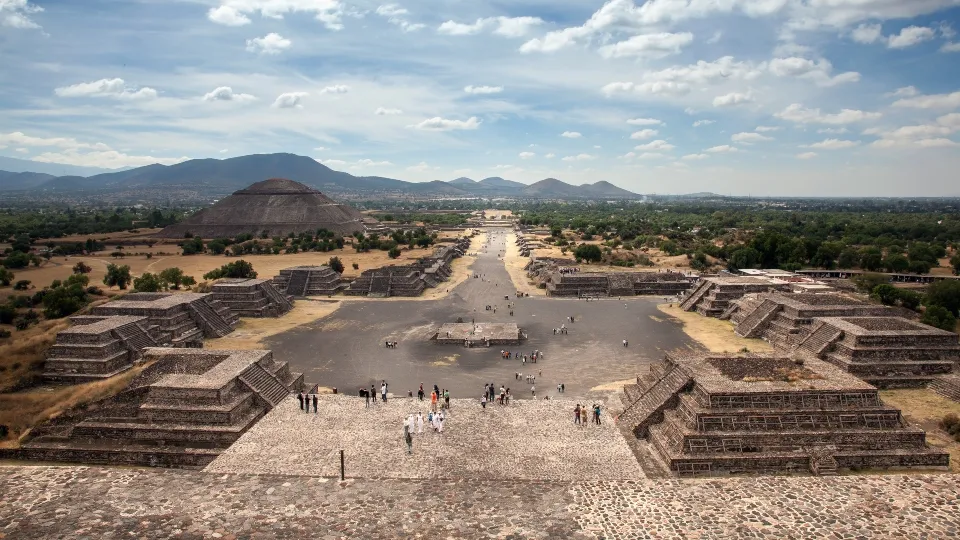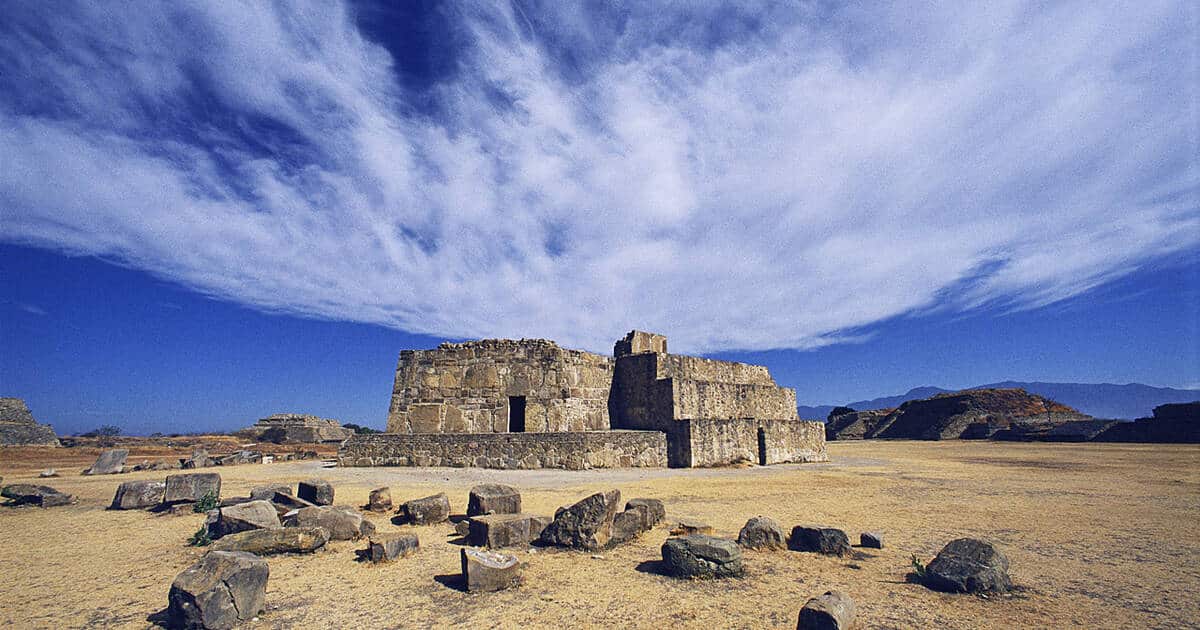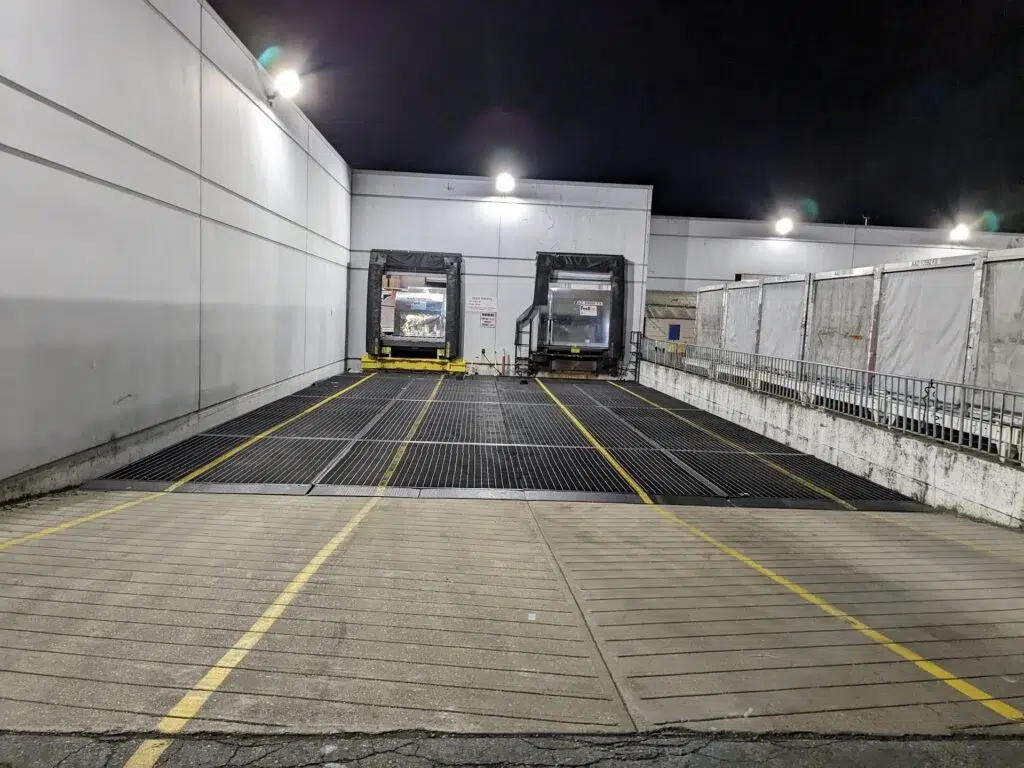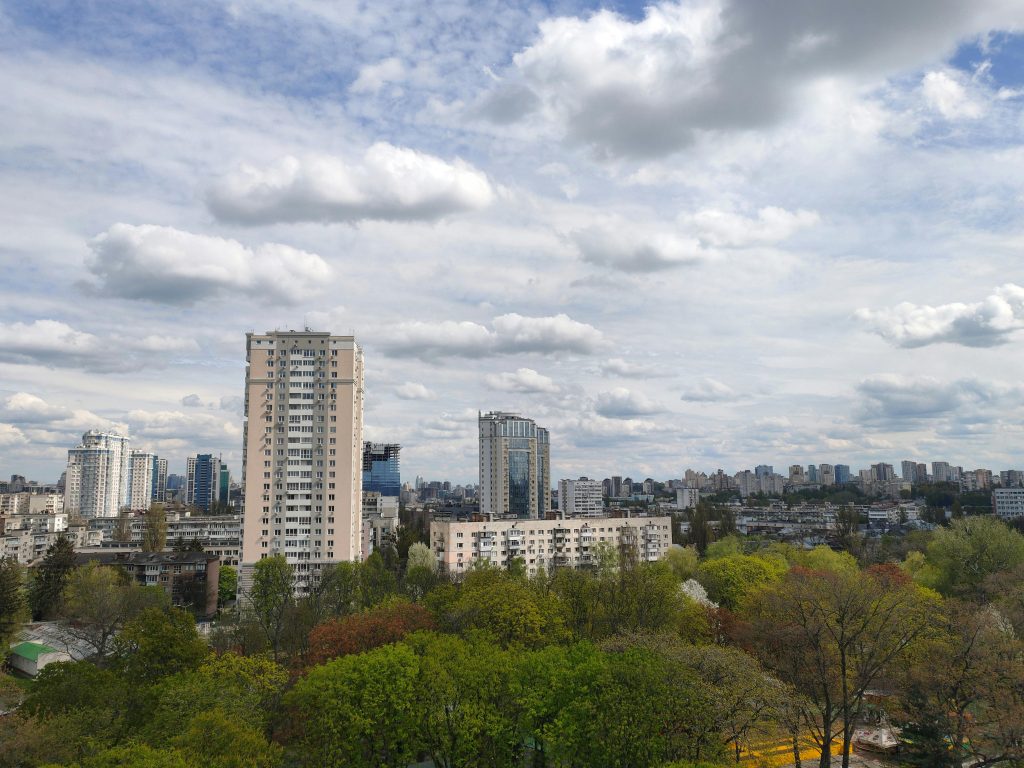Mexico is rich in history, brimming with tales dating back centuries. From the grand temples of ancient civilizations to the architectural marvels of colonial times, each site tells a unique story of the country’s cultural and historical evolution. These sites offer insight into Mexico’s diverse heritage and enduring spirit. Travelers often seek connectivity to explore these places seamlessly, making tools like a Mexico eSIM essential for a connected journey. This article explores some of the most captivating historic sites and the stories behind them.
The Magnificent Ruins of Chichen Itza
The ancient city of Chichen Itza, located on the Yucatan Peninsula, is one of Mexico’s most impressive archaeological sites. A testament to the ingenuity of the Maya civilization, it was once a thriving city that played a significant role in the region’s politics and economy. Visitors often find themselves awed by the iconic pyramid El Castillo or the Temple of Kukulkan, which exemplifies the Maya’s advanced understanding of astronomy and architecture.
Chichen Itza’s significance goes beyond its architectural beauty. The temple’s design incorporates complex astronomical alignments, especially during the equinoxes when the shadow of a serpent seems to slither down its steps. This spectacle showcases the Maya’s deep connection to their environment and the cosmos. The city’s other structures, such as the Great Ball Court and the Temple of the Warriors, add further depth to its historical narrative, depicting rituals and societal practices that defined the era.
The Enchanting City of Teotihuacan

Teotihuacan, often called the “City of the Gods,” is another awe-inspiring site that captures the imagination. Situated near modern-day Mexico City, Teotihuacan is famous for its grand structures, such as the Pyramid of the Sun and the Pyramid of the Moon. These monuments reflect the city’s importance as a central hub for trade, culture, and religion in ancient Mesoamerica.
Teotihuacan’s story is still shrouded in mystery, as historians have yet to determine who founded this influential city. The site’s complex layout, including the Avenue of the Dead, indicates a society that values order and spirituality. Murals within the ruins depict scenes of peace and sacrifice, illustrating the duality that characterized life in Teotihuacan. Walking through these ruins offers a glimpse into a civilization that once commanded power and respect across the region.
The Colonial Charm of Puebla
Founded in 1531, Puebla is renowned for its well-preserved architecture and historical landmarks, such as the Puebla Cathedral and the Biblioteca Palafoxiana, the oldest public library in the Americas. The city’s streets are lined with buildings adorned with colorful Talavera tiles, showcasing the blend of European and local artistry.
Puebla is also remembered for the Battle of Puebla in 1862, a momentous event in Mexican history that marked a significant victory over French forces. This victory is commemorated yearly on Cinco de Mayo, a celebrated holiday in and beyond Mexico. Exploring Puebla offers a deeper understanding of the city’s resilience and cultural importance through its historic buildings, museums, and traditions.
The Storied Past of Monte Albán

Monte Albán, perched on a hilltop in Oaxaca, is an ancient city that reveals the legacy of the Zapotec civilization. Founded around 500 BCE, Monte Albán became one of the earliest major cities in Mesoamerica. The site is famous for its extensive terraces, temples, and plazas that reflect the sophistication of its urban planning and social organization.
Monte Albán’s strategic location provided a panoramic view of the surrounding valleys, essential for defense and observing celestial events. Carved stones known as Danzantes depict figures believed to represent captured enemies or ritual dancers, hinting at the complex rituals practiced by the Zapotecs. Exploring Monte Albán offers visitors a rare opportunity to connect with the past and understand the rich culture of an ancient people.
The Ancient Legacy of Palenque
Palenque, located in Chiapas, is another jewel in Mexico’s collection of historical sites. Known for its intricate architecture and detailed inscriptions, Palenque flourished during the Classic period of the Maya civilization. The Temple of the Inscriptions, a grand pyramid that houses the tomb of the Mayan ruler Pakal the Great, is one of the site’s most famous structures.
The city’s detailed carvings and murals provide valuable insights into Maya mythology, politics, and daily life. Palenque’s architectural style, characterized by its elegance and use of space, sets it apart from other Maya cities. The lush jungle surrounding the ruins adds to the mystical atmosphere, making Palenque an unforgettable experience for visitors.
Mexico’s historic sites offer an unparalleled journey through time, revealing stories of ancient civilizations and colonial resilience. From the celestial alignments of Chichen Itza and the mysterious grandeur of Teotihuacan to the cultural charm of Puebla and the ancient legacies of Monte Albán and Palenque, each site has a unique tale to tell. These locations are not just monuments but chapters of history that continue to educate and inspire those who explore them.











